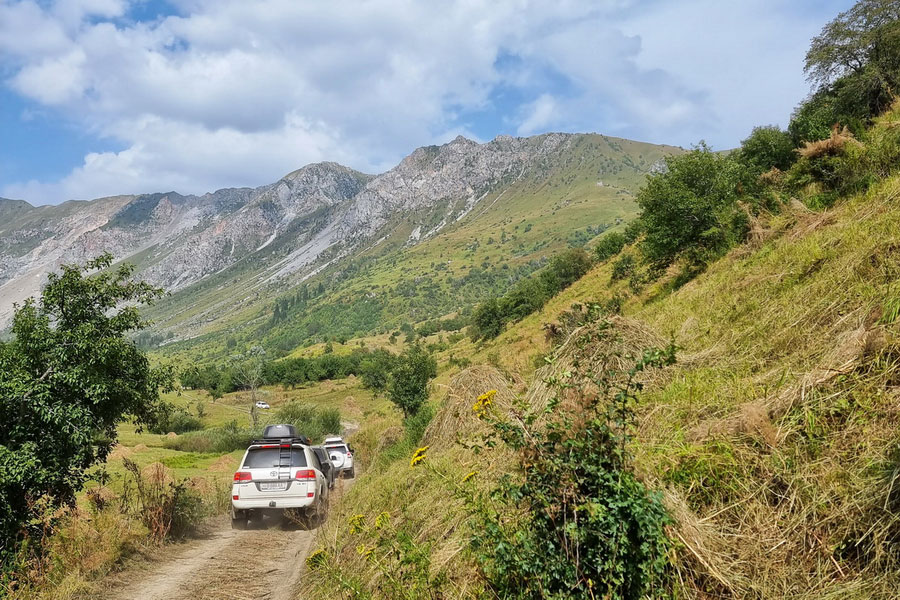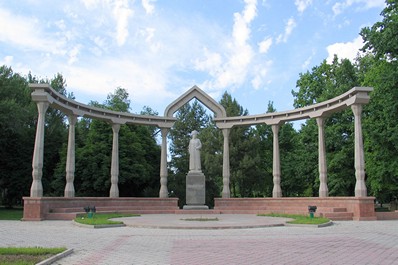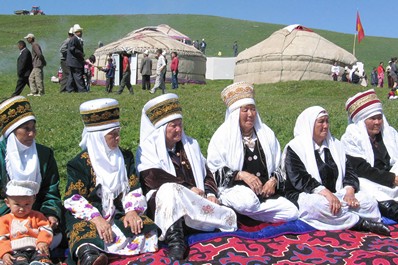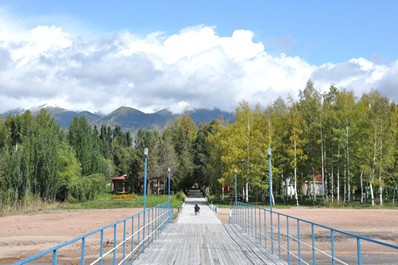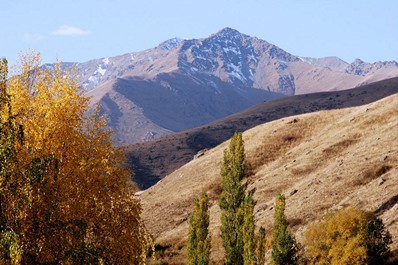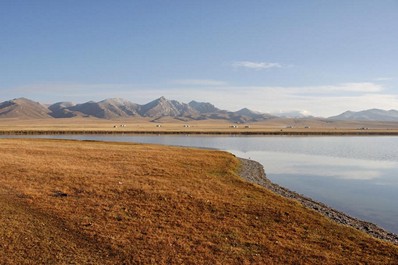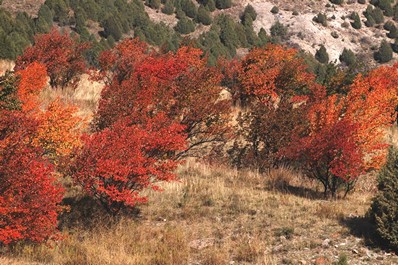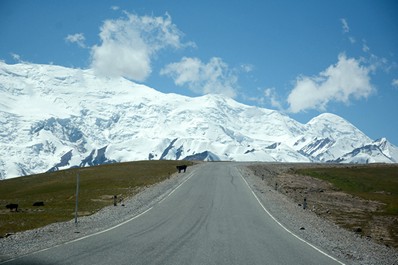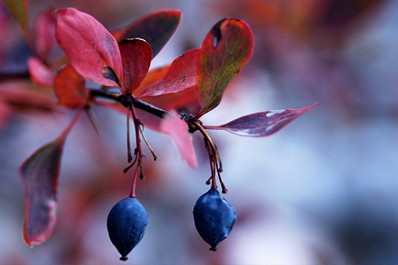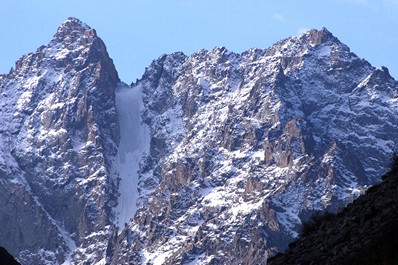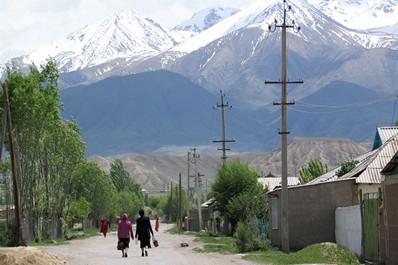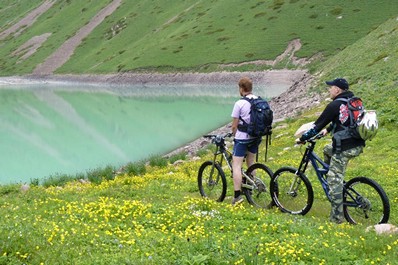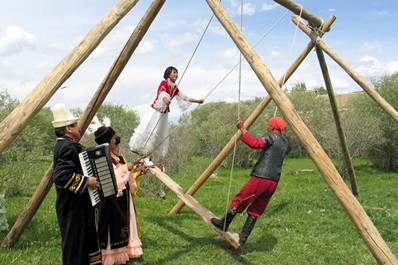The best time to visit Kyrgyzstan is in summer. The country is one of the highest countries in the world and because it is mostly mountains, the temperatures may be hot in Bishkek but are almost always refreshing and comfortable the higher up you go.
Kyrgyzstan is a very mountainous country, a characteristic that drives its climate and weather patterns throughout the year. Depending on the elevation, the weather can quickly change no matter which season, meaning you should always be prepared for extreme weather. Temperature-wise, the country generally experiences very cold winters and hot summers, although summers at higher altitudes tend to be a little cooler than those closer to sea level. Thankfully, the natural beauty of Kyrgyzstan is enhanced as the seasons pass.
Summer in Kyrgyzstan is long and hot, with temperatures occasionally soaring up to 45°C in the lower-lying areas, but usually fluctuating between +25 and 35°C. Despite the persistent warmth, summers tend to be a little wetter with storms rolling through the country and this contrast makes summer the best time to visit Kyrgyzstan. If you head up into the mountains, you will find that the temperatures are far cooler but the winds are significantly more noticeable. The cooler, stable weather in the mountain ranges that course through the country are perfect for partaking in a whole host of outdoor activities, from treks through the lush vegetation to experiencing the nomadic ways of life as the summer warmth revitalizes the whole energy of the country.
Autumn in Kyrgyzstan is outstandingly beautiful and one of the best times to visit Kyrgyzstan. As the summer starts to cool off, the trees start to change and the natural world starts to fade from green to a beautiful, reddish-brown. Unlike many other places in the world, the first part of autumn in Kyrgyzstan tends to be dry and relatively sunny, making it perfect for enjoying the outdoors without the scorching-hot heat. Locals tend to be busy during this period, preparing for the winter with all produce harvested and prepared for overwinter storage. In the later part of autumn, the first snow starts to set in a cap the mountain tops and temperatures start to fluctuate from sunny warm days to cold and snowy days. Spend the autumnal days exploring the transitioning nature with awesome treks or horse riding expeditions, observing the leaves changing colors and the mountain tops turning white.
Winter in Kyrgyzstan. From November onwards, the Kyrgyzstan winter sets in and temperatures can plummet lower than -30°C in Naryn, in Bishkek it varies from +5 to -15°C. Despite these frigid temperatures, the air remains relatively dry and is only punctuated with occasional snow flurries that top up the white blanket that covers the country. In the mountains, the Kyrgyzstan weather is even cooler, however, there are still plenty of amazing activities you can enjoy. The snow changes the scenery into a winter wonderland but many lower-lying hiking routes are still open and free to explore, but don’t stray too far from the starting point. Alternatively, going with an experienced guide will keep you safe and on track as the snow tends to make the landscape slightly disorientating. One of the biggest draws in winter is Kyrgyzstan's brilliant ski and snowboard resorts, such as Karakol, which are open all winter and are an amazing alternative to the more well-known European destinations.
Spring in Kyrgyzstan is probably the shortest season. During this time temperatures start to wildly fluctuate and days of warm sunshine can be interrupted with sudden snowfall. As spring goes on, the snow starts to melt and meltwater fills up the Kyrgyz alpine lakes. As the snow clears, more trekking paths open up and the mountains come alive with blooming flowers and people looking to re-energize after a long, cold winter. From the middle of May, the lower parts of the country start experiencing the first days of summer as temperatures rapidly rise along with the humidity as the hot weather evaporates any remaining snow left.


